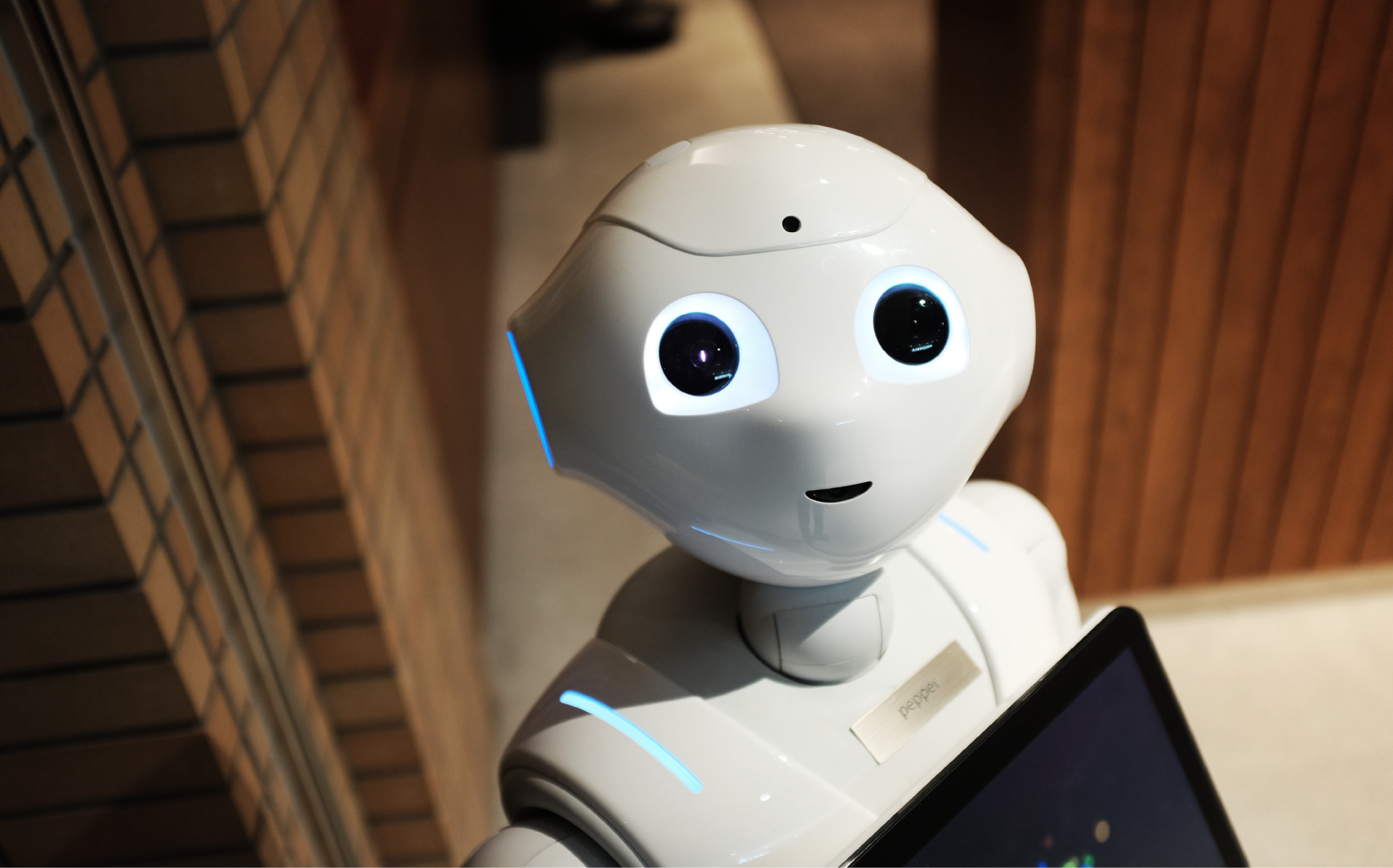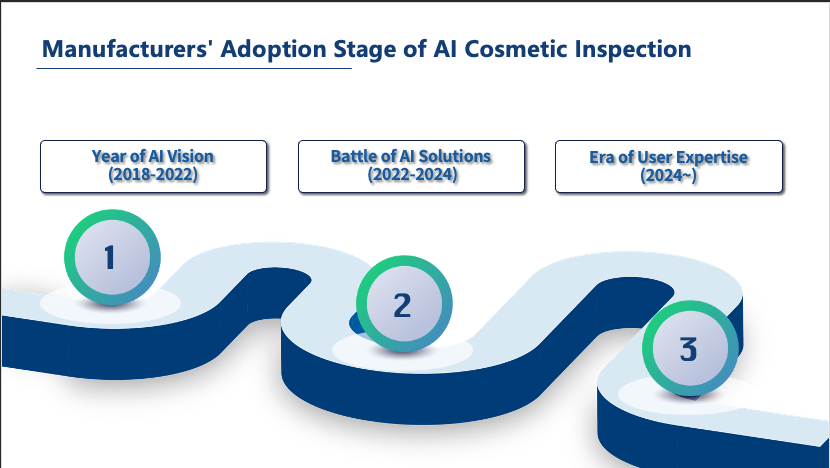Visual Transformation: Evolution and Trends in Industrial AI Visual Inspection
Visual Transformation: Evolution and Trends in Industrial AI Visual Inspection
(Images from Unsplash)
Over the past decade, artificial intelligence (AI) has been gaining prominence in the manufacturing sector, drawing widespread attention. From conference topics to product design and even shop floor management, it's rapidly reshaping the manufacturing landscape.
However, this transformation is no coincidence. It's driven by several key factors that intensify the competition in AI visual inspection. First, the global pandemic-induced labor shortage has compelled companies to seek more efficient solutions, with AI technology emerging as a pivotal strategy to bridge the labor gap.
Second, the proliferation of Graphics Processing Units (GPUs) has significantly boosted the efficiency of AI algorithms, and the rapid development of consumer GPUs has made AI implementation more cost-effective. Lastly, businesses are increasingly aware of digital transformation, recognizing that AI isn't just a technology; it's a critical engine for optimizing and reshaping business models.
In AINavi 2.0, our focus goes beyond AI implementation. We aspire to address long-standing challenges and issues faced by customers in production and processes. We're introducing a more flexible software framework to accompany production lines through AI model iterations.
 (Images from Unsplash)
(Images from Unsplash)
The Evolution of Industrial AI Visual Inspection
Figure 3_Manufacturers' Adoption Stage of AI Defect Detection. Data Source: Compiled by Spingence
I. Year of AI Vision (2018-2022)
Starting in 2016, thanks to NVIDIA's technological advancements, GPU computing power has multiplied yearly, making AI commercialization more attainable. The benefits of AI visual inspection have encouraged manufacturers to embrace new technology, alleviating longstanding testing bottlenecks.During this phase, as users were introduced to AI, they anticipated software that's easy to implement, user-friendly, and capable of quickly addressing current testing limitations. However, software products were often research-oriented and had single applications, lacking interaction with practical scenarios. Time was needed for product feedback.
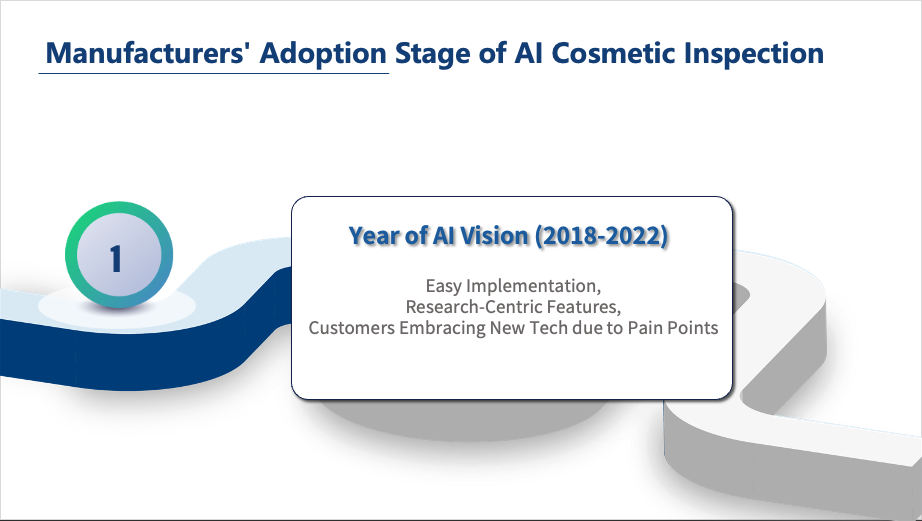 Figure 4_Stage 1: Year of AI Vision. Data Source: Compiled by Spingence
Figure 4_Stage 1: Year of AI Vision. Data Source: Compiled by Spingence
II. Battle of AI Solutions (2022-2024)
After years of exploration, AI visual technology entered a "battle of solutions" stage, with many visual and equipment manufacturers competing. Standardization and modularization trends have emerged during this period, making solutions easier to integrate and apply.As manufacturing recognizes and invests in AI visual defect detection, applications become more specialized, catering to specific industries. Cost-effectiveness, autonomy, and scalability are focal points for enterprises, ensuring long-term investment value.
AINavi was developed and maintained to meet these requirements. With a guided interface, AINavi assists users in integrating AI models, enhancing detection quality and reducing waste in passive components, connectors, and semiconductor industries.
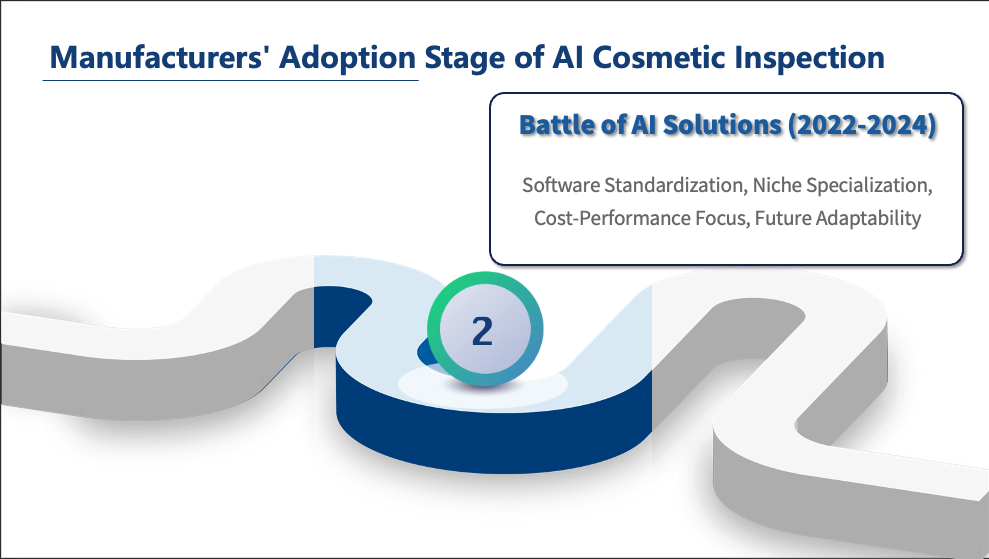 Figure 5_Stage 2: AI Battle of Solutions. Data Source: Compiled by Spingence
Figure 5_Stage 2: AI Battle of Solutions. Data Source: Compiled by Spingence
III. Era of User Expertise (2024~)
Based on market observations and user feedback, we predict that after 2024, the AI defect detection market will intensify. Players will seek highly specialized services and dominate their application fields based on past experiences.User expectations will focus on software that supports comprehensive customization and integrates industry-specific knowledge into solutions. Interface, process, and functionality refinement will result from ongoing collaboration between supply and demand, becoming more sophisticated and professional.
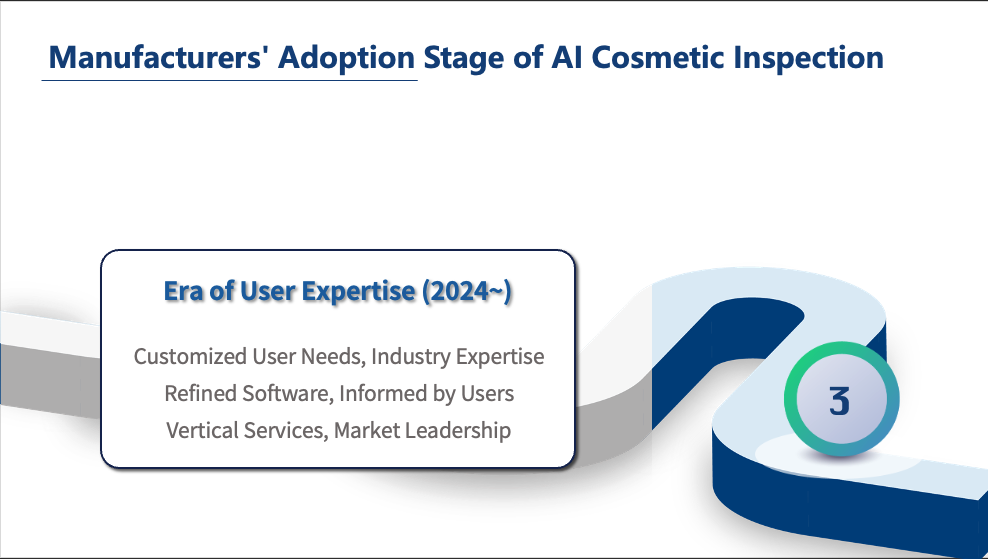 Figure 6_Stage 3: Era of User Expertise. Data Source: Compiled by Spingence
Figure 6_Stage 3: Era of User Expertise. Data Source: Compiled by Spingence
In this era of user expertise, AINavi 2.0 has arrived!
We've reevaluated AINavi's product architecture and planning to align more closely with user needs, initiating the expansive AINavi 2.0 project.
In AINavi 2.0, we care about more than AI implementation. We aspire to address long-term production and process challenges for customers, offering a more flexible software framework to accompany production lines through AI model iterations.
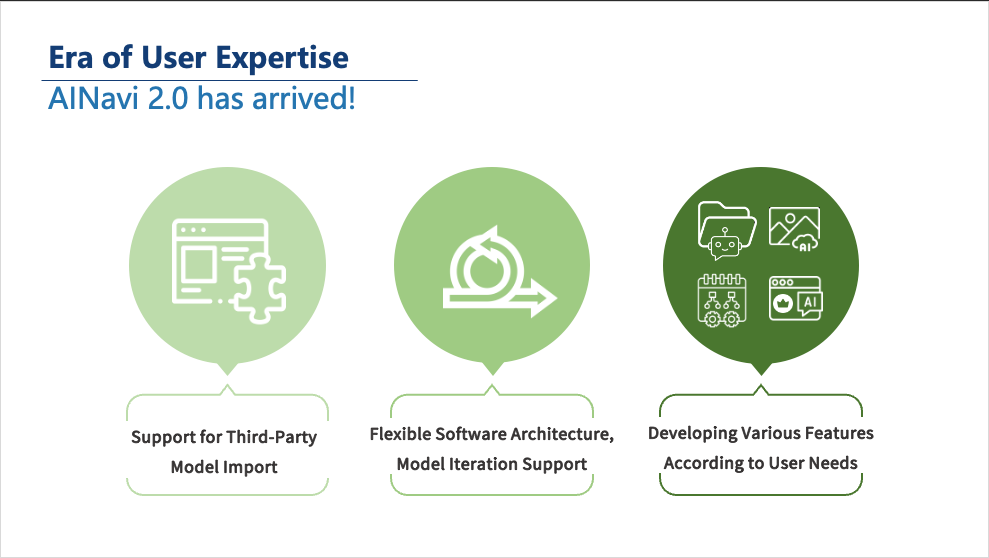 Figure 7_AINavi 2.0. Data Source: Compiled by Spingence
Figure 7_AINavi 2.0. Data Source: Compiled by Spingence
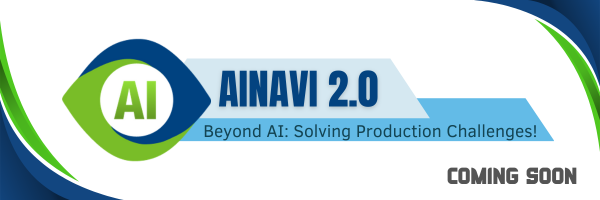
AINavi 2.0 features will debut at the 2023 Automation Exhibition, showcasing the concept of "Transforming Experience into Process." Join us to experience this innovative product concept!



